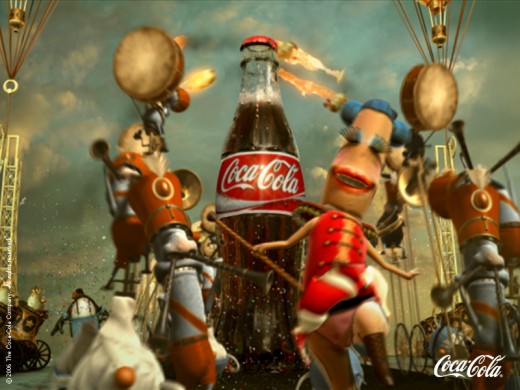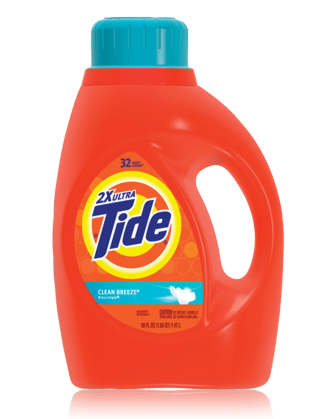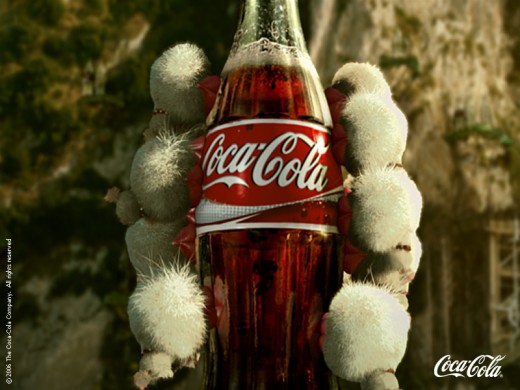Creating and managing strong product Brands
Brands are more than just names and symbols. Brands represent consumers’ perceptions and feelings about a product and its performance. Brands exist in the minds of consumers. Therefore, the real value of a strong brand is its power to capture consumer preference and loyalty. A strong brand is a valuable asset to the business who owns the brand. Some brands maintain their power in the market for years, even generations. Brands like Disney, Coca-Cola, Tide and many more, succeed the competitive battles in the market because they forge a deep connection with the culture and not just because they provide good benefits, reliable service or innovative technologies to the customer.


Branding presents challenging decisions to the business manager. He should select a good brand name to his product. He needs to develop the brand and position the brand name well in the minds of the target customers.
A good name can add greatly to a product’s success. Finding the best brand name is a difficult task which has to begin with a careful review of the product and its benefits, the intended market and marketing strategies.

Good qualities of a brand name may include the following. (1) The name should suggest something about the benefits and qualities of the product. Take examples such as Craftsman, Snuggles. (2) It should be easy to pronounce, recognize and remember the name and therefore, short names may help. E.g. Tide, Crest etc. (3) It should be distinctive. E.g. Kodak, Lexus (4) It should be extendable in the future. The great example is Amazon.com who began as an online bookseller. (5) The name should translate easily into foreign languages. (6) It should not infringe on existing brand names so that the registration of the name and legal protection will be possible.
Once the brand name is chosen it must be protected. But still, the very success of a brand name may threaten the owner’s rights to the name. Many originally protected brand names such as linoleum, thermos, nylon, cellophane have now become generic names which can be used by any seller.



Companies must manage their brands carefully. The brand’s positioning must be communicated to the customers continuously. Large companies often spend huge amounts of money on advertising to create brand awareness. Today, customers come to know a brand through a wide range of contacts including advertising but also personal experience with the brand, word of mouth, company web pages and many others. Therefore just like spending large amounts of money on advertising, companies must carefully manage these other contacts and touchpoints.
Customers are willing to pay more for the brand and this is called brand equity. A powerful brand has high brand equity. A brand with strong brand equity is a very valuable asset to a company. High brand equity provides a company with many competitive advantages. A powerful brand enjoys a high level of consumer brand awareness and loyalty. A powerful brand forms the basis for building strong and profitable customer relationships. Thus, brands are powerful assets that must be carefully developed and managed.

© 2010 Lasantha Wijesekera








